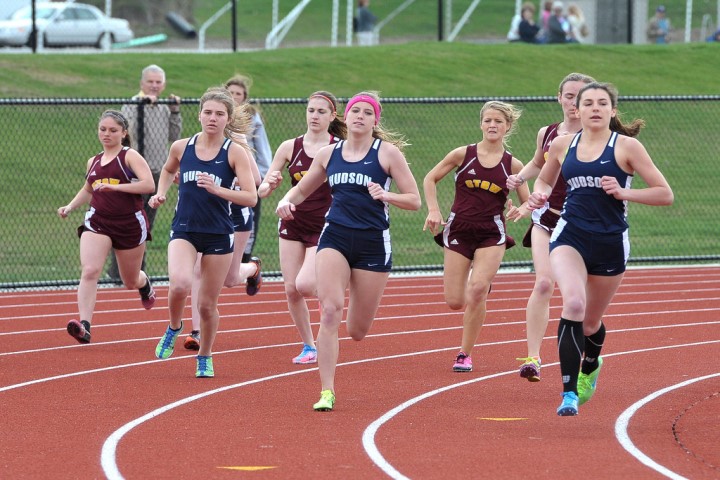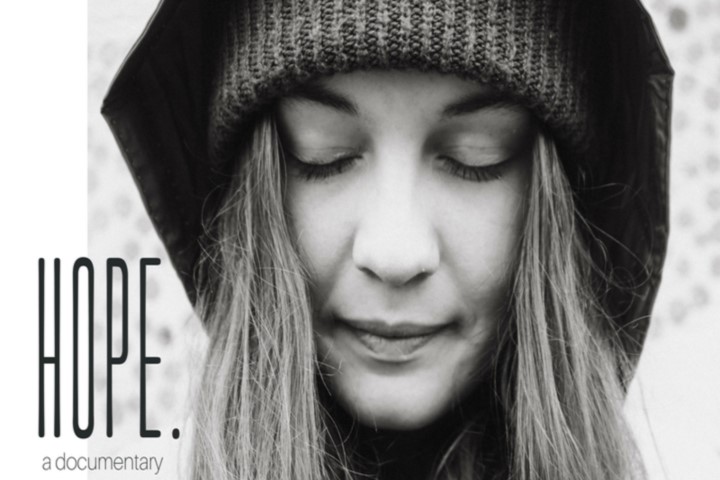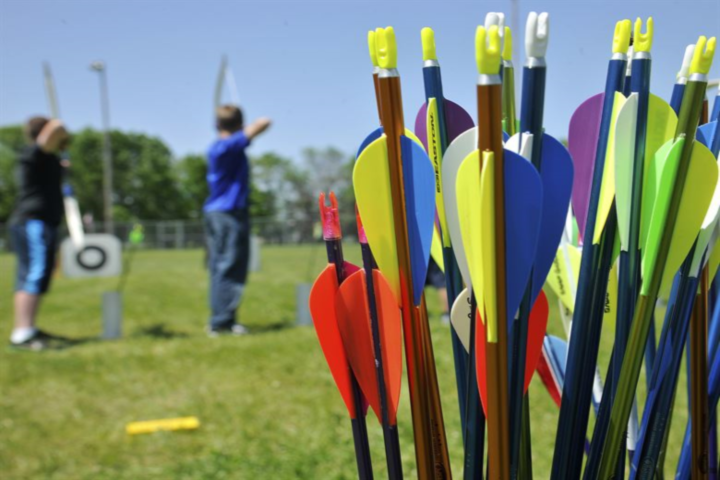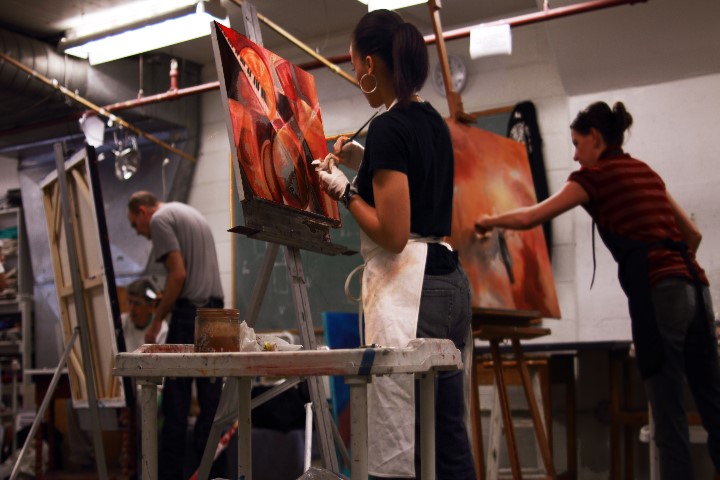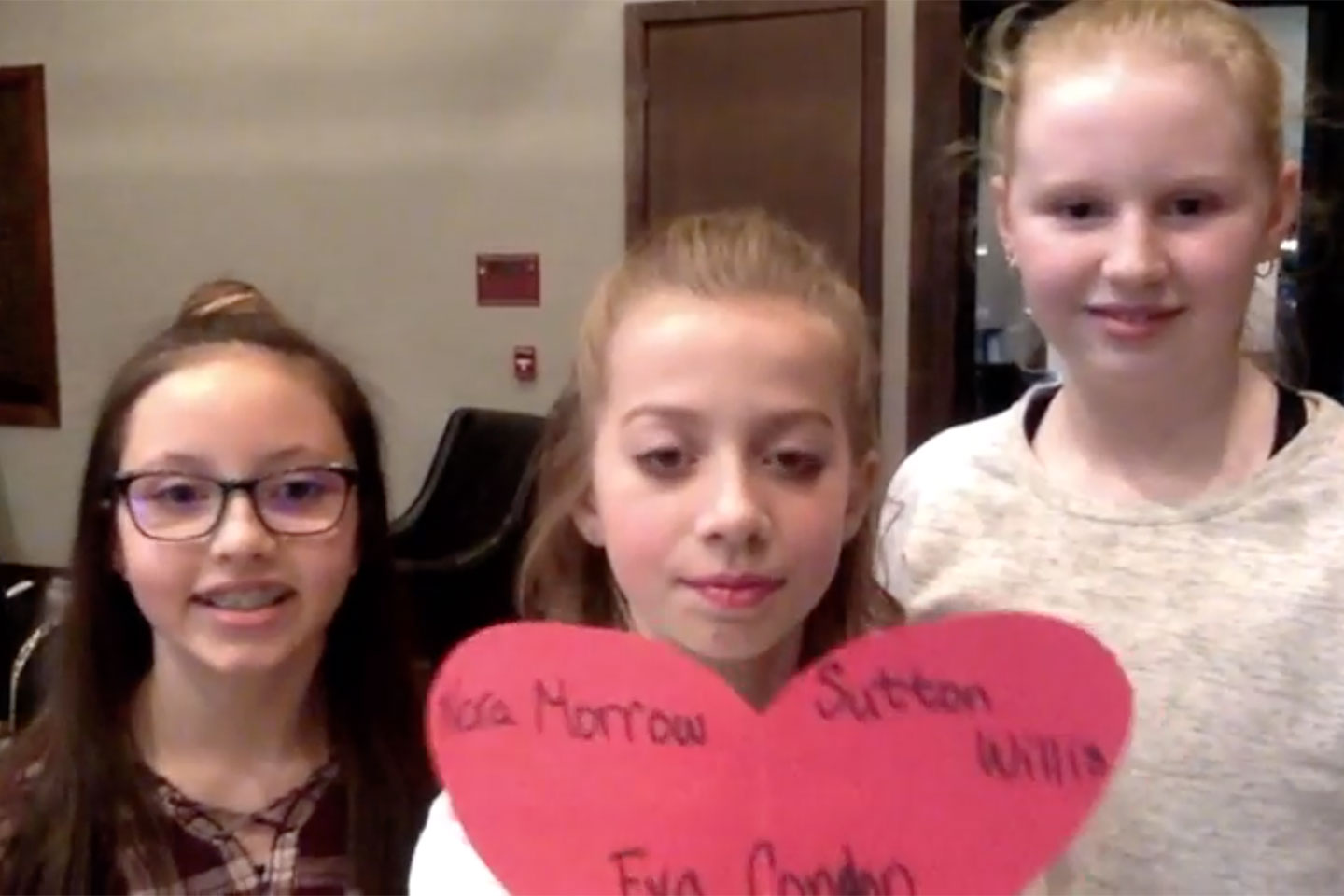North Dakota’s Dickenson High School volleyball team has a message for senior setter Lauren Jorda: “Her battle is our battle” and “God is within her, she will not fail.”
Those words of encouragement were printed on teal t-shirts and presented to Jorda just a week after she revealed to her teammates that she was diagnosed with ovarian cancer, and that’s just one of many ways the community has stepped in to help, The Dickinson Press reports.
“It was pretty tough, but we all just told her that we were going to be there for her no matter,” junior Taylor Nelson told the news site. “We knew it wasn’t going to be easy for her, so we were just there for her support. It took us all by surprise, but we knew we were going to help her through it.”
In the week between Jorda’s announcement and the Sept. 13 game against the Mandan Braves, her teammates created a fundraiser to sell the shirts online, raising thousands to help with medical expenses. Jorda was brought to tears when she learned about the effort in the locker room, then took to court to find the Braves also wearing the shirts. Nearly the entire student section also wore teal, the color representing ovarian cancer, the Press reports.
“It’s just been cool to see the t-shirts in places you wouldn’t even think of,” senior Madi Eckelberg said. “There’s just been a lot of support.”
In the weeks since, Jorda’s team has raised thousands through shirt sales, while others launched different fundraisers. The Dickinson High School National Honor Society held a bake sale, and classmate Addie Kuehl designed and sold bracelets with Psalm 46:5 to help pay for treatment and expenses.
Dickinson State University’s Nursing Student Association filled a gift basket with gift cards, gas cards and other goodies. Students at other area schools also bought shirts and donated cash before volleyball games.
Jorda has undergone seven surgeries so far to remove the cancer, but the future remains unknown, KXMD reports.
“Grateful is the one word I can come up with because it’s really making a difference in her fight,” Jorda’s father, Tom Jorda, told the Press. “We are basically quiet people, but for this to happen to this level and extent – teams throughout the state reaching out to her, people we don’t even know are reaching out to her because of sportsmanship. You can’t explain it; the nature of people and community is phenomenal.”
No words can express her gratitude, Jorda said.
“There’s really no words to put in to how it really feels,” she said. “I know Dickinson is a tight-knit community; we’re not a big, huge town. So everyone kind of knows everyone and when something happens like this, we just band together. It’s unreal.”
James Davison Hunter, founder of the Institute for Advanced Studies in Culture, points to a community’s moral traditions as a critical element in or how people take action to help others.
Hunter wrote in “The Tragedy of Moral Education”:
What empathy we feel may help us understand someone else’s needs, and even feel the desire to help that person. But without embedded habits and moral traditions, empathy does not tell us what to do, nor when, nor how.
The nonprofit Action for Happiness offers resources for parents and educators to help youngsters develop traditions and habits centered on helping others, through kindness projects, volunteer work, activism and other means.
“Action for Happiness is a movement of people committed to building a happier and more caring society,” according to the website. “Members of the movement make a simple pledge: to try to create more happiness in the world around them. We provide ideas and resources to enable people to take action at home, at work or in their community.”

